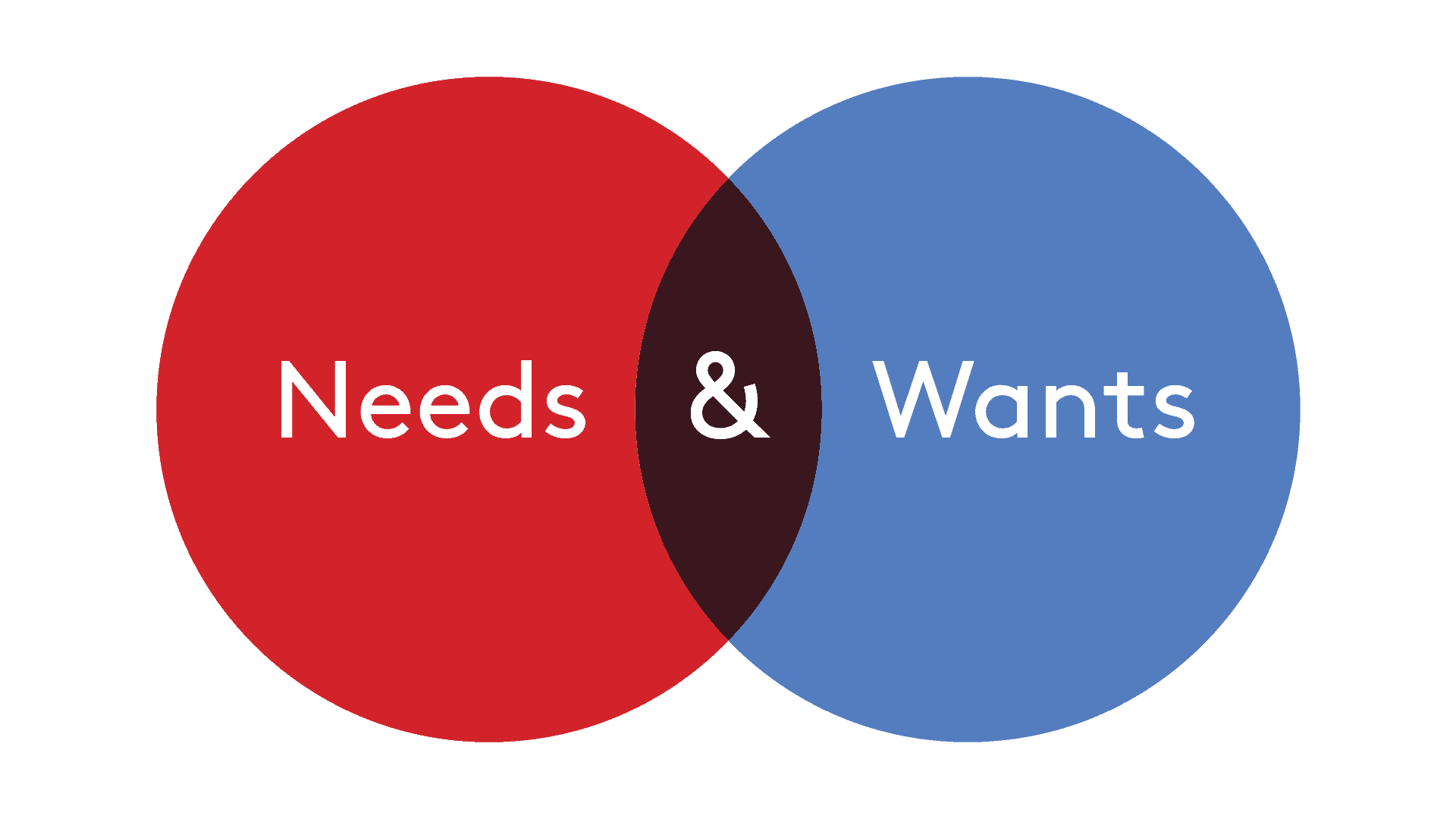
What Your Employees Want AND Need from Your Training Programs… Get Answers to Both
From Survey Monkey to Fluid Surveys, many learning departments use post-event surveys as a primary training evaluation and planning tool. In fact, McKinsey research finds that roughly 50% of organizations keep track of participants’ feedback about training programs through surveys.
When we chat with our learning partners, they say that they use surveys because they’re cost effective, easy to use/interpret and they provide good-to-know information about the learning experience.
For example, post-training surveys often ask questions like:
- How likely are you to recommend this training to a colleague or friend?
- How useful will this training be in your work?
- What other training would you like to see or other formats do you want to experience?
And through these types of questions, learning departments can better understand employee interest levels, learner perspectives and maybe even get a baseline understanding of learner wants.
All good things to know, right?
Shortfalls of Surveys
Right, but the problem is that post-training surveys still leave a lot of room for L&D guesswork. Surveys might be able to tell you what your employees want, but they can’t tell you the whole story in terms of what they need from training. They can’t uncover knowledge gaps, learners who are at-risk or knowledge deficiencies at the root cause of larger organizational issues. And they can’t demonstrate the efficacy of your training against KPIs or business objectives.
“Many companies essentially measure the effectiveness of training by asking the participants if they liked it.” McKinsey Quarterly, Getting More from your Training Programs
Additionally, because people habitually overestimate their competency – humans are notoriously overconfident – the accuracy of survey insights and self-reported knowledge gains is questionable. (Read more about competence, confidence and mastery, here.)
So, what are the other options?
In the past few years, we’ve seen a lot of new learning technologies that promise more/better/faster/different learning data. But to access these next gen analytics, L&D departments almost always have to make a full, and sometimes very expensive, investment in the supporting learning systems. Many learning departments simply don’t have the financial, technical or instructional resources to develop a comprehensive learning program, build integration and analyze learner data to the degree that’s necessary for these new technologies. Instead, they are opting to make do with traditional post-training surveys.
Needs and Wants with Snapshot
This is one of the reasons we developed our new Snapshot assessment product. Snapshot provides customers a full view of employee knowledge–pinpointing the depth and degree of what each individual knows down to a single competency or skill. L&D departments can then layer this information on to survey results for a more complete understanding of employee wants AND needs (think training needs assessment simplified). Not only that, but Snapshot analytics are displayed through our streamlined, easy-to-read dashboards. This means customers won’t have to call in a data scientists to interpret their learning results. And since it’s a standalone tool, there’s no need to worry about integration.
Essentially, Snapshot allows L&D departments to easily experience rich AI and predictive analytics capabilities without having to go through the time and expense of developing a complete learning program. And it allows L&D departments to gain a complete view of workforce wants and training needs. Armed with this intel, learning departments can ensure that they’re building the most relevant and necessary training – a key factor in adult learning.
If you need a comprehensive and insightful understanding of your organization’s learning dynamics to achieve your L&D goals, let’s connect. A quick demo of Snapshot will help you envision how you can integrate our predictive analytics with learner perspectives gained through your surveys to improve the efficacy of your L&D programs.
In the meantime, check out some of our other relevant articles:
https://www.the-fulcrum.com/blog/training-needs-assessments/
https://www.the-fulcrum.com/blog/clos-rock-star/
https://www.the-fulcrum.com/blog/moneyball-corporate-training/
